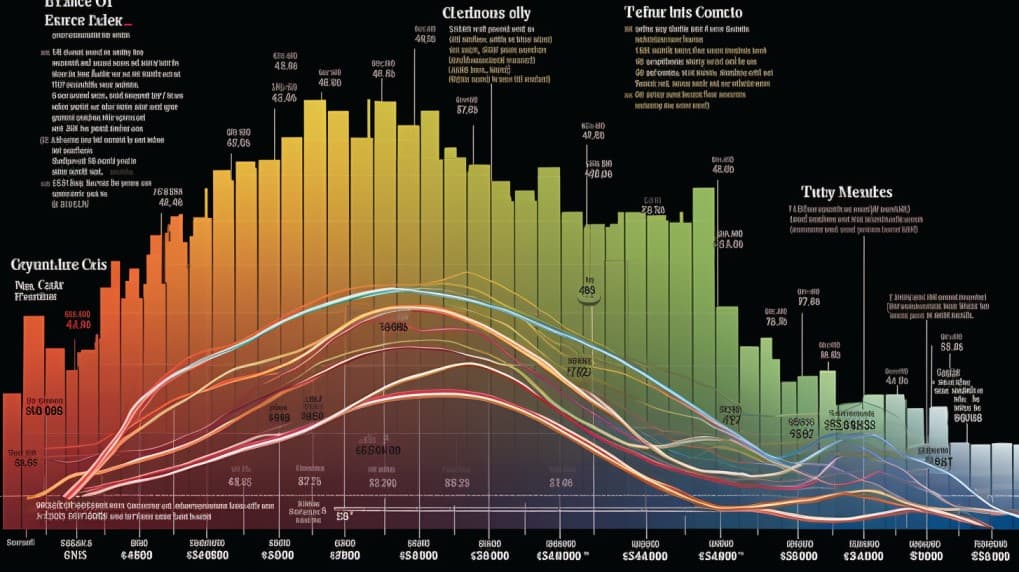
GDXJ VS RING
Exchange-Traded Funds (ETFs) have redefined the landscape of investment, offering a diversified approach to exposure across various sectors and asset classes. In this article, we will conduct an in-depth analysis comparing two prominent ETFs: GDXJ (VanEck Vectors Junior Gold Miners ETF) and RING (iShares MSCI Global Gold Miners ETF). Throughout this exploration, we will investigate key aspects such as ETF tickers, full names, issuers, sectors, top holdings, capitalization, strategy, tracking, and exposure.
GDXJ Vs RING: Overview
GDXJ and RING represent two ETFs that navigate distinct pathways within the gold mining industry. While GDXJ concentrates on junior gold mining companies, RING casts a wider net by encompassing global gold miners. This variance in focus imparts divergent investment implications and risks, a subject we will dissect in the ensuing sections.
GDXJ Vs RING: Sectors and Top Holdings
The GDXJ ETF predominantly centers on junior gold mining firms, holding positions in companies like Kinross Gold Corporation, Northern Star Resources, and Evolution Mining. In contrast, RING extends its reach to encompass an array of global gold miners, including giants like Newmont Corporation and Barrick Gold. Familiarizing oneself with the sectors and top holdings can empower investors to make informed decisions aligning with their financial objectives and risk appetite.
 GDXJ overlap GDXJ VS RING
GDXJ overlap GDXJ VS RING
GDXJ Vs RING: Capitalization and Strategy
With its robust asset under management (AUM), GDXJ underscores its appeal among investors seeking exposure to the junior gold mining sector. RING, on the other hand, employs a comprehensive strategy that spans across a spectrum of global gold mining companies. The disparities in capitalization and strategic approach between these two ETFs translate to varying potential for returns and risk, a crucial factor for investors to deliberate.
GDXJ Vs RING: Tracking and Exposure
GDXJ aims to replicate the performance of junior gold mining companies through an indexed approach, while RING seeks to mirror the global gold mining industry at large. GDXJ's tracking methodology involves closely shadowing an index of junior gold miners, while RING employs a more diversified approach by tracking the MSCI ACWI Select Gold Miners Investable Market Index. Comprehending the intricacies of these tracking and exposure strategies empowers investors to choose the ETF that aligns with their investment goals and risk tolerance.
Conclusion
GDXJ and RING are emblematic of the unique avenues ETFs offer for investing in the gold mining sector. Those seeking a deeper understanding of holdings, correlations, overlaps, and other nuanced insights would benefit from utilizing the ETF Insider tool. This user-friendly application equips investors with a comprehensive toolkit to navigate through the complexities of these and other financial instruments.
Disclaimer: This article does not offer investment advisory services.
Sources:
VanEck Vectors Junior Gold Miners ETF (GDXJ) Fact Sheet. VanEck. [Link]
iShares MSCI Global Gold Miners ETF (RING) Overview. iShares by BlackRock. [Link]
FAQ
Why is GDXJ better than RING?
GDXJ may be considered better than RING for some investors due to its specific focus, offering diversification.
Does RING beat GDXJ?
RING's performance relative to GDXJ will vary over time, depending on market conditions.
Should I invest in GDXJ or RING?
The choice between GDXJ and RING should align with your investment goals, risk tolerance, and desired exposure.
Are GDXJ and RING good investments?
Both GDXJ and RING can be suitable investments depending on individual investment strategies, goals, and risk profiles.
What is the correlation between GDXJ and RING?
The correlation between GDXJ and RING can vary over time, reflecting differences in performance.